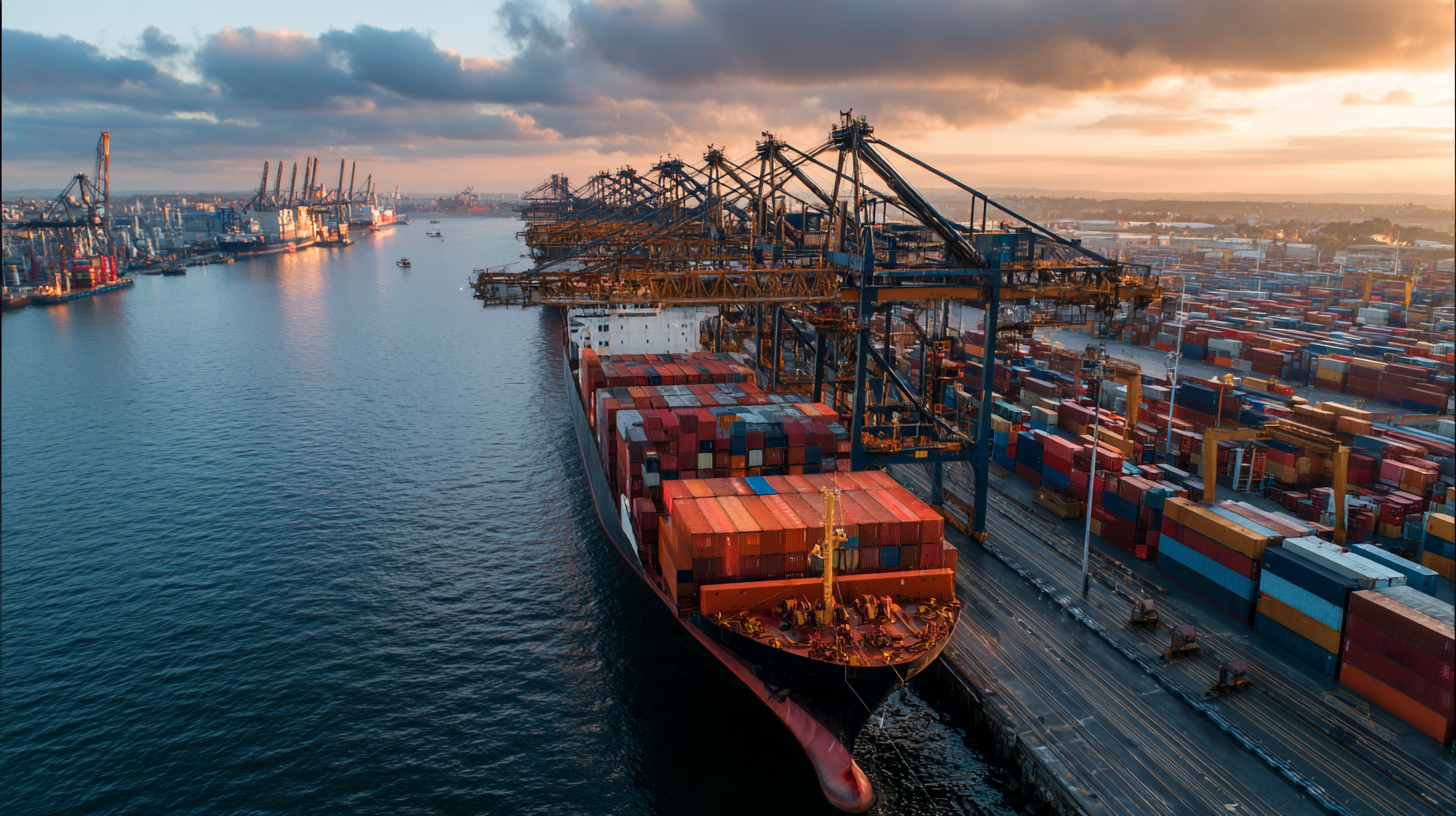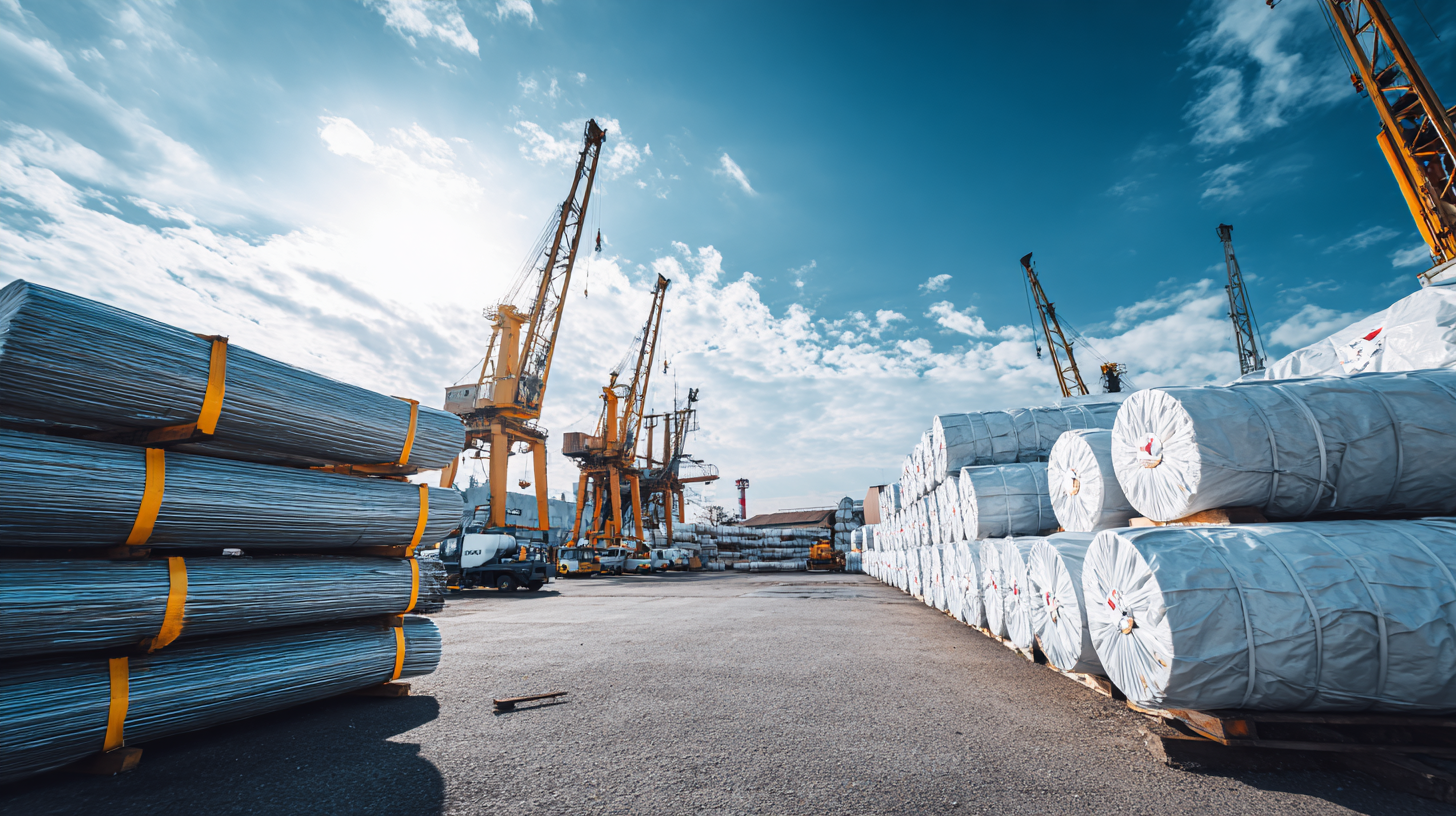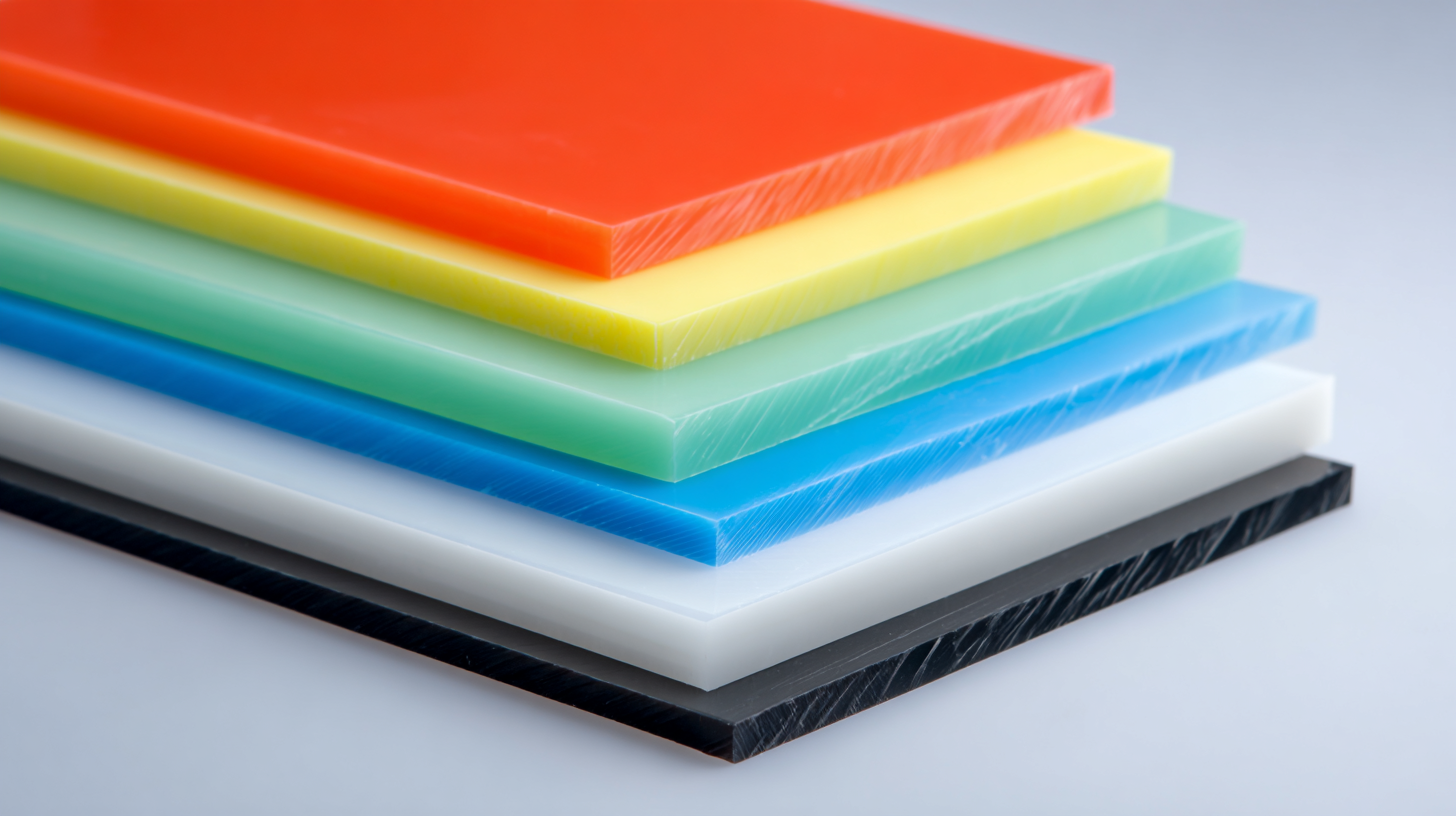Inquiry
Form loading...
- Phone
- E-mail
 As the global demand for innovative materials continues to rise, the HDPE sheet market stands at a crucial crossroads, promising significant advancements by 2025. With China emerging as a leading powerhouse in manufacturing, the country's exceptional quality and unparalleled export capabilities have positioned it as a dominant player in the HDPE sheet sector. This blog will explore the future landscape of the HDPE sheet market, highlighting critical insights and strategies tailored for global buyers. As we delve into the trends shaping this industry, we will uncover how Chinese manufacturers are redefining standards and driving competitive advantages that will unlock new opportunities for businesses worldwide. Join us as we navigate this dynamic market, unlocking the potential of HDPE sheets that are set to revolutionize various applications across industries.
As the global demand for innovative materials continues to rise, the HDPE sheet market stands at a crucial crossroads, promising significant advancements by 2025. With China emerging as a leading powerhouse in manufacturing, the country's exceptional quality and unparalleled export capabilities have positioned it as a dominant player in the HDPE sheet sector. This blog will explore the future landscape of the HDPE sheet market, highlighting critical insights and strategies tailored for global buyers. As we delve into the trends shaping this industry, we will uncover how Chinese manufacturers are redefining standards and driving competitive advantages that will unlock new opportunities for businesses worldwide. Join us as we navigate this dynamic market, unlocking the potential of HDPE sheets that are set to revolutionize various applications across industries.
The HDPE (High-Density Polyethylene) sheet market is experiencing dynamic shifts driven by emerging trends and innovative applications. Currently, the demand for HDPE sheets is surging across various sectors, including construction, packaging, and automotive, primarily due to their durability, lightweight nature, and resistance to chemicals. As environmental concerns rise, there is an increasing preference for recyclable materials, which positions HDPE as a favorable option among eco-conscious buyers. Additionally, advancements in manufacturing technologies are anticipated to enhance efficiency, reduce production costs, and improve the overall quality of HDPE sheets.
Looking ahead, the market projections for 2025 indicate a significant growth trajectory. With urbanization and infrastructure development accelerating globally, the demand for HDPE sheets is expected to rise, particularly in emerging markets. Manufacturers are likely to focus on sustainability by exploring bio-based HDPE and recycling programs to meet regulatory standards and consumer expectations. Global buyers should strategize by diversifying their supplier base and investing in innovative solutions to navigate the evolving landscape and secure their position in the competitive HDPE sheet market.
Understanding the regulatory landscape for HDPE sheets is crucial for global buyers looking to navigate the complexities of international trade. Various countries have specific import and export certifications that ensure compliance with safety and environmental standards. Buyers must familiarize themselves with these regulations to avoid potential penalties and ensure smooth transactions. In many cases, certifications such as ISO standards or material safety data sheets (MSDS) are essential for demonstrating the quality and safety of HDPE products.
Tip: Always check the latest regulatory requirements in your target market, as these can change frequently. Keeping abreast of the local certifications required will help you streamline your import process and mitigate risks associated with compliance.
Another important consideration is the environmental impact certification of HDPE sheets, which is becoming increasingly relevant. Buyers should seek suppliers who can provide evidence of sustainability practices, such as recycling capabilities and reduced carbon footprints. This not only ensures compliance with regulations but also appeals to environmentally conscious consumers.
Tip: Collaborate with suppliers who are well-versed in international trade regulations, as they can provide necessary documentation and guidance throughout the import and export process, thus elevating your operational efficiency.

Navigating the complex landscape of the HDPE sheet market requires a keen understanding of the supply chain dynamics. As the industry anticipates a market growth rate of approximately 4.5% annually through 2025, global buyers must adapt to challenges such as fluctuating raw material prices and transportation disruptions. According to a report by Grand View Research, the demand for HDPE products is expected to reach $67.5 billion by 2025, underscoring the importance of strategic sourcing and supplier relationships.

To effectively mitigate these supply chain challenges, international buyers should consider diversifying their supplier base. Relying on multiple vendors can significantly reduce risks associated with geopolitical tensions or natural disasters that disrupt supply lines. Additionally, generating strong partnerships with suppliers based on transparency can facilitate better communication and forecasting.
Tip: Regularly assess your inventory management practices to align with market trends. This proactive approach will help maintain adequate stock levels and reduce the likelihood of production delays caused by supply shortages.
Moreover, leveraging technology to enhance visibility in the supply chain can provide critical insights into potential disruptions. Implementing integrated supply chain management systems can streamline operations and allow for real-time tracking of shipments, which is essential for timely decision-making in the evolving HDPE sheet market.
Tip: Invest in analytics and forecasting tools to anticipate market fluctuations, assisting in smarter purchasing decisions that align with your operational strategy.
The HDPE sheet market is undergoing significant transformation, driven by technological innovations that enhance both quality and efficiency in production processes. According to a recent report by MarketsandMarkets, the global HDPE market is projected to reach approximately $60 billion by 2025, with a compound annual growth rate (CAGR) of 5.2%. This growth is largely attributed to advancements in manufacturing technologies such as extrusion and thermoforming, which streamline production and reduce waste.
Moreover, new techniques in materials science are leading to improved product performance. Recent developments in additive manufacturing and recycled content integration not only boost the mechanical properties of HDPE sheets but also promote sustainability within the industry. For instance, a study from Smithers Pira highlights that incorporating recycled HDPE can enhance overall material strength while supporting circular economy goals. As global buyers seek to comply with stricter environmental regulations, these innovations are essential for maintaining competitiveness and fulfilling consumer demand for eco-friendly products.
| Region | Market Size (Million USD) | Growth Rate (%) | Key Application Areas | Technological Innovations |
|---|---|---|---|---|
| North America | 500 | 5.2 | Packaging, Automotive | Enhanced Extrusion Technology |
| Europe | 400 | 4.8 | Construction, Electrical | Recycling-Optimized Production |
| Asia-Pacific | 600 | 6.0 | Agriculture, Consumer Goods | Smart Manufacturing Techniques |
| Latin America | 200 | 3.5 | Healthcare, Retail Packaging | Quality Control Automation |
| Middle East & Africa | 150 | 4.0 | Infrastructure, Water Management | Eco-Friendly Materials Development |
The HDPE sheet market is experiencing significant growth, driven largely by the increasing demand for sustainable materials. According to a recent market analysis by Grand View Research, the global HDPE sheets market was valued at approximately $2.1 billion in 2022, with projections indicating a compound annual growth rate (CAGR) of 5.8% through 2025. This growth is fueled by a shift in consumer preference towards eco-friendly products, as companies strive to meet the growing expectations for sustainability.
Key players in the HDPE sheet industry are implementing eco-friendly practices that not only benefit the environment but also enhance their market competitiveness. For instance, the incorporation of recycled HDPE materials into production processes has gained traction, contributing to a reduction in carbon footprints. Reports suggest that the use of recycled HDPE could potentially decrease energy consumption by up to 25% compared to virgin materials. By adopting such sustainable practices, businesses are not only addressing environmental concerns but also appealing to a conscientious consumer base that prioritizes sustainability in their purchasing decisions.
As the market evolves, global buyers will need to prioritize sourcing from suppliers who commit to sustainable practices. An emphasis on eco-friendly innovations, such as biodegradable additives and energy-efficient manufacturing techniques, will be crucial in unlocking potential growth in the HDPE sheet market, ensuring that companies remain aligned with the values of the modern consumer while driving long-term profitability.
